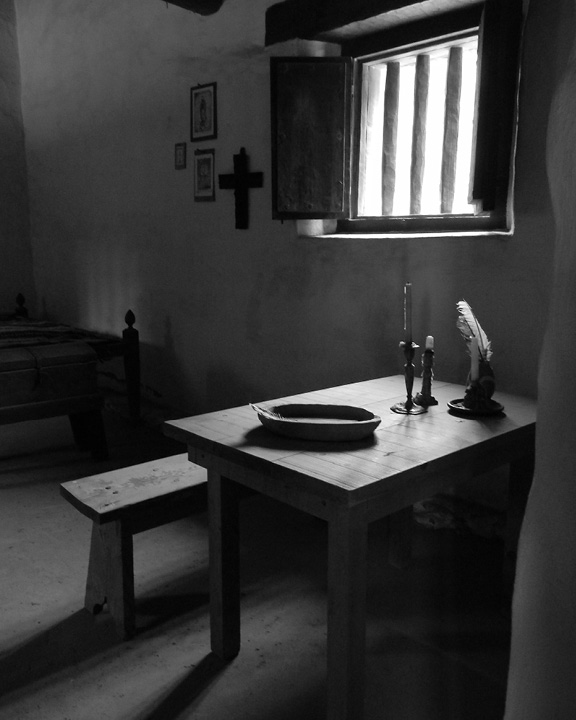
This morning I am thinking about the term praxis and how it relates to creative process. In researching the definition of the word I encounter a wide variety of notions about it. The word originates from the greek word prattein which means to do. At the most basic level it is meant as a description of a practice of doing. More contemporary definitions of the term go deeper than simple doing. It is about forming a regimen of practices based upon theory. Some definitions see praxis as belief (theory) put into practice to form a way of doing things that creates meaning for the practicioner. Other variations see the term as part of a reflective practice. In this scenario the praxis is the reflection that connects theory with action. In faith communities praxis is the rituals of everyday life that elevate a person to spiritual awareness.
Virtually every faith practice I have researched has a praxis of prayer and self reflection. In the catholic faith and it’s derivatives there is the liturgy of the hours that consists of seven pauses for prayer each day. In monastic orders that follow this practice prayer follows this schedule: Lauds (3am), Prime (6am), Terce (9am), Sext (noon), None (3pm), Vespers (evening), Compline (before going to bed), and Matins (Midnight).
In Islam there are five times practitioners are called to prayer in a praxis known as Adhan. Fajr prayers start in the early morning prayer before sunrise. Dhuhr, is the noon time prayer. Asr, is the late afternoon prayer. Maghrib is the sunset prayer and Isha is the late evening prayer.
I remember watching a documentary about Zen Buddhist monastery. The schedule the monks kept was also very similar to the praxis of Catholic and Islamic followers. A quick search of the internet gave me this daily routine practiced at one Zen Monastery;
3:30 – Shinrei (wake up bell)
3:50 – Kyoten zazen (Morning zazen)
5:00 – Choka (Morning service)
7:00 – Shojiki (Breakfast)
8:30 – Samu (Work period)
10:00 – Guchu zazen (Late-morning zazen)
11:00 – Nicchu (Midday service)
12:00 – Chujiki (Lunch)
13:00 – Samu (Work period)
14:00 – Hoji zazen (Afternoon zazen)
16:00 – Banka (Evening service)
17:00 – Yakuseki (Evening meal)
19:00 – Yaza (Evening zazen)
21:00 – Kaichin (Lights out)
I think praxis is about gaining spiritual awareness from a disciplined practice. In a sense I think this is what craftsmanship is about. To be a craftsman is to do something consistently in a way that builds precision that leads to insight and a deep satisfaction. I think artisans and craftspeople become masters of themselves in the process of practicing their art form.
Daily life can offer this as well. I have been watching a friend of mind master the art of baking bread. The praxis of bread making combines the simplicity of ingredients with the complexity of the environment and bakers interaction with those ingredients. Through that practice the baker becomes aware of the life that exists within the dough as it rises and falls. The bread is made in collaboration and cooperation with the yeast that must have its environmental needs met in order to live. If the bread turns out well, we are gifted with something that nourishes more than our stomach.
When I think of my own praxis, it is the combination of teaching and photography, and writing. It is a self reflective daily practice from which I am gifted brief moments of clarity and insight that guide me further down the road.
Speaking of being on a road. I made this image at a Spanish mission in California. The simplicity of the monks quarters inspired me. At the same mission site there was a Native American dwelling. I found it to be equally inspiring.

Simple acts of doing things in a ritualistic manner of consistency combined with self reflection can lead to a praxis that elevates the human spirit. I think that is my hypothesis for what it takes to have a fulfilling life.
Peace,
Ira

